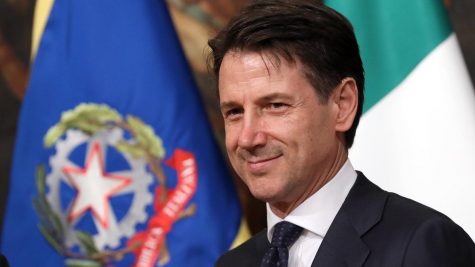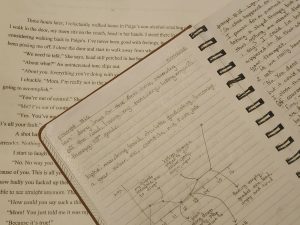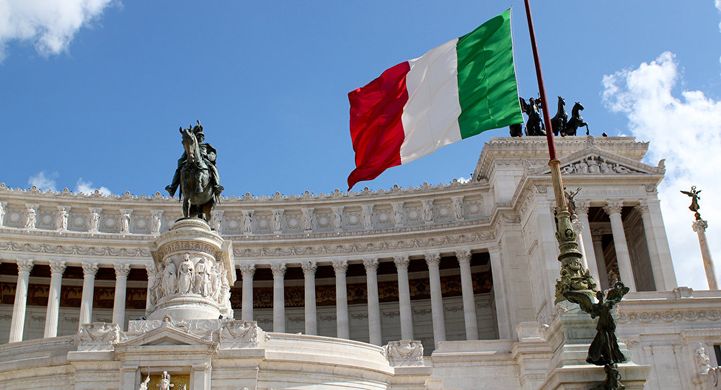The Italian Government: Almost as Messy as Spaghetti
September 10, 2019
The Italian Government is in shambles… again. On August 20th, the Italian Government, headed by Giuseppe Conte, has collapsed. Conte announced his resignation of his duties as Prime Minister of the third largest economy in Europe. This prompted the country’s president, Sergio Mattarella, to try and facilitate a power grab for Prime Minister. Lega Nord General-Secretary and Former Deputy Prime Minister, Matteo Salvini is looking to pounce if the internal situation isn’t resolved.
How does the Italian Government even work?
The Italian government has three branches of government, but it operates quite differently to an American style democracy. I’ll break it down for you: there are two houses of government that are equal; the Chamber of Deputies (lower house) and the Senate (upper house). There is also a President and a Prime Minister; however, the President is more of an honorable role like the Vice President in the United States. The President is elected by the Italian Parliament. The main role of the President is to appoint the Prime Minister and many other government officials.

So… why did Conte resign?
Italian Prime Ministers have a history of abruptly resigning from their leadership positions, so this isn’t anything new. The threat of collapse was first reported on August 8th, when Matteo Salvini threatened snap elections in a move to grab power. Conte tumbled out of office by attacking the Lega Nord General-Secretary, Matteo Salvini. . It has been said that “Conte has avoided a no-confidence vote [by resigning] sought by the League [or Lega Nord].” Many people anticipate that Salvini will try and attempt to take a majority lead. Forming a new government falls upon the shoulders of President Sergio Mattarella. Mattarella has supposedly been in contact with Salvini and his attempts to create a new government.

What is happening now?
Many people anticipated that Salvini will try and attempt to take a majority lead. He couldn’t find a majority however. Surprisingly, Giuseppe Conte–yes, the same one who just resigned–created a coalition incorporating two unlikely parties, becoming Prime Minister of the new government. He created a majority with the social democratic Partito Democratico and the anti-establishment Five Star Movement. This move allows for Conte to avoid a no-confidence vote, create a new cabinet, and retain the title of Prime Minister.
What does the future hold?
With a new cabinet and majority coalition split between an unlikely alliance, it’s hard to predict what the new government has in store for its citizens. The country will be looking into new ways to combat the slowing birth rate and elder population. Italy holds the second highest debt in Europe and will appoint a Partito Democratico member to combat and boost the third largest economy in Europe.











